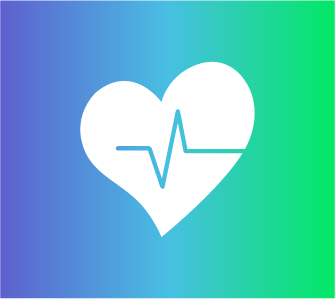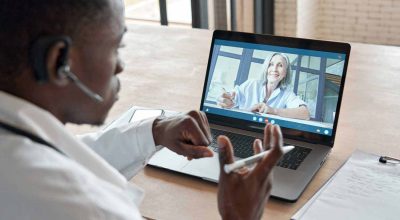If there is one clear-cut example of how communication has changed over the last 20 years, instant messaging would undoubtedly be it.
Gone are the days when you had to pick up the phone and call the office if you wanted to contact someone like a medical professional. If they didn’t happen to be in their office at the time, you would leave a message and wait. Now, many telehealth platforms provide opportunities for instant and direct messaging so that patients and physicians can keep communication open at all times. In a few seconds, you can use telehealth messaging to convey important information to your doctor.
Yet, at the same time, this messaging can and should be treated differently from your texts or chats with others online. Though it may seem casual by its nature, in reality, there are some dos and don’ts to messaging through telehealth that physicians should be mindful of when messaging patients.
DON’T Neglect the HIPAA Privacy and Security Requirements
For medical professionals, perhaps the most important thing to understand about the new era of modern telehealth communication is that they still need to adhere to all HIPAA privacy and security requirements at all times.
If a doctor’s office or other practice needs to send unencrypted patient health information (PHI), they are required to warn the recipient of the risks of doing so and get their consent before those messages can be sent. Not only that but the patient’s preference must be documented as well — something that will help the organization remain in compliance on a case-by-case basis in the future.
If a patient does not consent to telehealth, you cannot insist on it. However, for those that do, telehealth messaging is very efficient for all parties.
DO Use a VPN
A Virtual Private Network, otherwise known as a VPN for short, is a way to keep information secure at all times, and this goes for both medical professionals and patients. When you use a VPN, all data sent over the VPN is routed through a private, virtual server to keep it away from prying eyes.
Think of it a bit like a special lane on the highway that only your car can use. Everyone else must weave in and out of various lanes, but you have one direct path to your destination that nobody else is allowed to enter. A VPN is a lot like that — only its purpose is to prevent sensitive information like browsing history or even the content of messages from falling into the wrong hands.
In other words, no external source will be able to monitor messages sent between a patient and their doctor — exactly as it should be.
DO Make Sure You’re Working With the Proper Equipment
One crucial element of telehealth involves having access to the right equipment to make the conversation productive in the first place. This aspect is true for both patients and their doctors.
A high-speed Internet connection is critical — particularly for longer sessions that take place over a video feed. For both parties, it can be helpful to have dedicated space in their home or practice to use for these chats. Depending on the environment, a ring light may also be necessary, which is a fast and cost-efficient way to illuminate your face during all calls and recordings.
Depending on the computer equipment you’re using, a separate headset and microphone may be necessary to help improve the telehealth session’s quality. Just because your computer comes with a built-in microphone doesn’t make it a good one. For medical professionals, an investment in external hardware may be an essential upgrade to improve the quality of the care they can offer patients.
In the end, telehealth messaging and related virtual services can make an important addition to nearly any type of practice. Not only do they allow professionals to see patients remotely, but they can also be a great way to add a second revenue stream to your business. You simply need to make sure that you have a partner by your side who understands both healthcare and the technology, allowing them to work with you to create a rock-solid foundation upon which to build on.
If you’d like to find out more information about the do’s and don’ts of messaging through telehealth, or if you have any additional questions you’d like to go over with someone in a bit more detail, please don’t delay — contact ViTel today.






